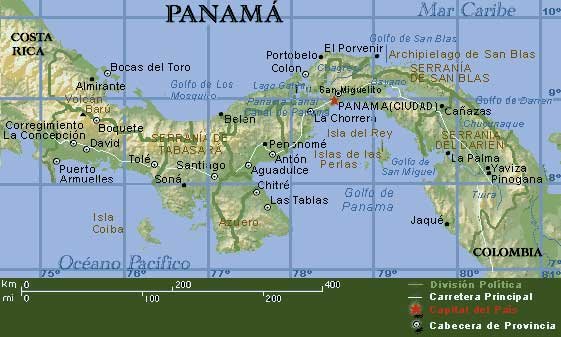Lets start with a photo to grease the imagination:

This is me, washing laundry at our host family house. Yup, I am sitting on a block of wood (cushioned by my life preserver for long term rear end happiness). There is soapy water in the tub at my feet. Off to the left is the water spigot...the only water source near the house. All water for house use is hauled from this spigot about 20 feet away from the house. This spigot and cement pad is also where the family shower (note...there are no curtains or anything to block the view and it is in full view of the house and walkway....yup, I have been taking showers after dark.) Now, to be fair...if my house were as isolated as theirs, showers in the open air would be fine when I didn't have guests.
OK, back to laundry. Yes, there are laundry machines in Panama, some just like the ones in your house. However, some are smaller than the ones that we are used to in the states...about 1/3 the size and the spinner part is separate from the washing part. Many houses that have a washer do not have a drier. Most clothes are line dried with a careful eye on the sky so the clothes come down before rain. There are many women that do laundry by hand in sinks, tubs and creeks. I say women because laundry is considered women's work by men and women alike (unless the men live alone).
So, I have been in Panama for 4 months now, and have done laundry at 5 different host houses...and have received help or instructions at all of them. I think that Panamanians like having opportunities to teach me new things. At one house I even choose to do laundry for the first time on a day when the lady of the house would not be around to offer help....but the man of the house filled in for her. He offered me advice or more soap at least 4 times. So here is what I have learned:
You must use a lot of laundry soap...laundry without suds is not getting clean. Lots of suds. Even though everything will be sudsy, you should apply more soap directly to any spots or stains.
You need a scrub brush with stiff plastic bristles. Every piece of clothing should get every surface brushed vigorously with the plastic brush. You use a wooden board to support the clothes while you scrub. Some women scrub so that the suds fly 4-5 feet with every stroke.
Socks get extra attention. They usually get scrubbed and then turned inside out and scrubbed again. I think that my socks have grown at least one size from the scrubbing. Also, anything that is white could be subjected to a bleaching. (I have specifically requested that Kevin not buy any more white socks or clothing, since whether or not his socks are still white reflects on how good a wife I am around here...and I am not that good a wife when it comes to white laundry.)
So, once everything is scrubbed within an inch of it's life it is hung to dry. I am not a heavily religious person, but I have been known to offer a prayer that goes "Please God, just let the sun shine long enough to dry the cotton stuff before that grey cloud gets here!". With good strong sun our quick dry clothing drys in a couple of hours...cotton takes longer. Much of the day the sun beats straight down...no angle at all, so it does not hit the sides of the clothing only the top edge. If there is a breeze that seems better, but breeze is usually a predictor of rain, so it is a mixed blessing.
If there is not enough sun things just don't dry. Three days after a washing I have had things still a bit damp...just damp enough to start mildew/mold if folded and put away. The humidity in the air can be enough to stop the drying process completely. After more than 12-24 hours clothes get a musty smell. Sun helps to kill the smell, but you probably don't have sun or you wouldn't have the smell in the first place. People in areas with electricity will sometimes hang things behind a refrigerator and use the heat of the fridge to promote drying.
Overall, laundry takes us 2-3 hours in a day 2x a week. For most families laundry is a major task for the alma de casa (soul of the house or housewife) taking up complete mornings a couple days a week. It is serious business, because cleanliness is something that Panamanians value. Cleanliness is something that is not limited by monetary resources (yes it is easier with money but possible for everyone), just effort.












 Please believe me that not every moment is spent sitting in a hammock with a great view...but those moments do happen occasionally. :)
Please believe me that not every moment is spent sitting in a hammock with a great view...but those moments do happen occasionally. :)











